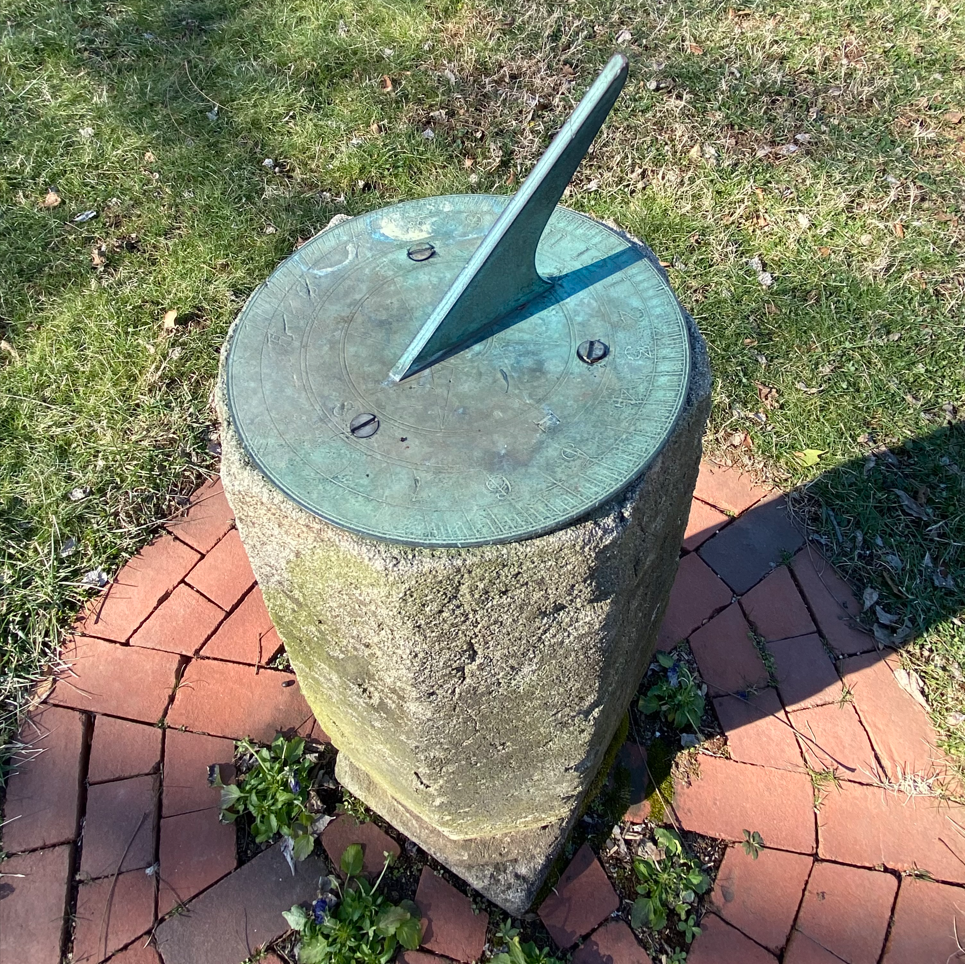
**This research was first published in the September 11, 2024 edition of the Chatham Star-Tribune newspaper as part of Kyle Griffith’s weekly segment entitled “Heritage Highlights.”
In the modern day, time can be determined down to 100 billionths of a second thanks to GPS technology. It makes one think, in comparison, about the accuracy and importance of timekeeping long ago before modern electronics. People who lived over 150 years ago knew time as a completely different concept determined by their unique locality and the effects of nature. People who worked on farms lived a life ingrained with demanding routines. When the sun rises, so do the birds, cows, hogs, and especially the roosters. As a crisp dawn called the farming families to rise, so did the necessity to build a fire, milk the cow(s), feed the livestock, and feed the family. The natural structure of the day fell into place as the list of rigmaroles were completed.
A standardized system of time zones was not globally implemented until the year 1883. Before 1883, each town in the United States kept its own local time based on the sun’s position, resulting in countless variations in timekeeping across the country. The average person’s concept of time was less about minute-by-minute precision and more focused on a broader framework of agricultural planning. Many times the work day lasted from “can see to can’t see.” For people who knew how to read, the farmer’s almanac was instrumental in helping people keep track of time and plan for the near future.
On a clear day during the summer, there are many natural indicators that people of the past would have been accustomed to understanding. An easy method is to take notice of the shadows gradually moving across the yard and recognize when it reaches a certain spot each day. This could be more specialized as a mark made to align with the sun at high noon or at the time to start dinner. For people who acquired a sundial, each hour of daylight could be discerned by the shadow cast upon the corresponding number like a clock face.
At night, a candle clock could be used indoors to measure a short amount of time. Candles burn at a predictable rate, so they can be placed upon a holder with marked increments to track the pace that the candle melts. This concept could be expanded to include multiple segmented candles that burn one after another to track a longer period of time.
Before the 1850s, mechanical clocks mostly existed as luxury items imported from Europe. After advancements in industrialization, mass production, and standardized parts, mechanical clocks became more affordable among rural Americans. Maintaining a pendulum clock in a tall wooden case with heavy lead weights and a finely painted face remained the sophisticated method of timekeeping in the home throughout the 18th and 19th centuries. (The term “Grandfather clock” was adopted after 1876). Within towns and small communities, there was typically a centralized reference of time as an audible signal. Church bells, the courthouse bell, the school bell, and the factory whistle all served to queue up the daily events.
As the world shifted toward a more punctual management of time, pocket watches became the most practical timepiece in daily life. By the 1870s and 1880s, they were no longer exclusive to the wealthy. Pocket watches became essential for farmers to manage their schedules and for railroad workers to adhere to precise timetables. The expansion of the railroad system called for more precise scheduling. The fast pace of steam trains, combined with the lack of standardized time, meant that travelers could experience confusing shifts in local time upon arrival. This conundrum called for the establishment of the General Time Convention, (later known as the General Time Standards Conference) which was held by railroad companies to establish a standardized time system to improve scheduling and safety. The General Time Convention agreed on the concept of four main time zones called Eastern, Central, Mountain, and Pacific times. On November 18, 1883, the new standard time officially commenced.
The twentieth century further cemented minute-by-minute lifestyles as transportation speeds increased. Digital clocks, atomic clocks, and now cell phones keep the world precisely on time, leaving little excuse for being late. In today’s fast-paced world, the flexibility of local time has given way to the uniformity of standardized time zones like Eastern Time, which now spans across twenty states.

